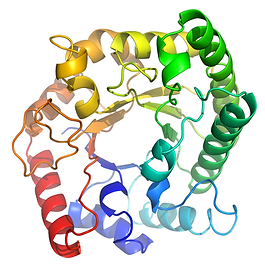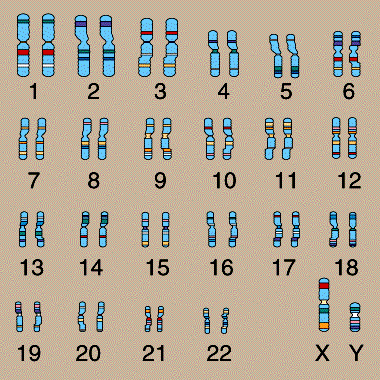top of page


“It’s an unprecedented time to make science count for patients.”
-Kenneth C. Anderson, M.D
Image 1, Text 1
Timeline
1865
Gregor Mendel presents the results of his plant hybridization experiments. He is considered the father of modern genetics.

Image 3
1878
Albrecht Kossel identifies the five nucleobases of nucleic acids: Adenine, Guanine, Thymine, Cytosine, and Uracil.

Image 5
1941
George Beadle and Edward Tatum propose that genes direct the synthesis of enzymes.

Image 7
1956
Joe-Hin Tijo and Albert Levan discover that the human karyotype contains 46 chromosomes. It was previously thought to be 48.

Image 9
1977
Frederick Sanger develops the Sanger method, which is a quick way to sequence DNA using gel electrophoresis.

Image 11
1983
Scientists map the first genetic disease, Huntington's disease. It was mapped to chromosome 4.

Image 13
1989
The cystic fibrosis disease gene is identified using the techniques of positional cloning and disease-causing mutations.

Image 15
1990
The Human Genome Project is officially launched. The goal is to identify human genes and sequence the entire human genome.

Image 17
2004
Pharmaceutical company Roche releases Amplichip CYP450, the first FDA-approved microarray for diagnostic purposes. A microarray is a quick way to spot genetic mutations and sequence DNA.

Image 2
1953
Rosalind Franklin uses X-ray diffraction techniques to determine the helical shape of DNA. Watson and Crick present their DNA structure.


1869
Friedrich Miescher, a Swiss physician and biologist, discovers a weak acid in the nuclei of a white blood cells. This is man's first encounter with DNA.

Image 4
1903
Walter Sutton developed his hypothesis that chromosomes are hereditary units.

Image 6

Image 8
1966
Marshall Nirenburg cracks the genetic code for protein synthesis by determining the codons for all the amino acids.

1982
The FDA approved the first recombinant DNA drug product, insulin that was grown in bacteria, created by Eli Lilly.
1984
DNA fingerprinting technology is developed by Alec Jeffreys. This technique is now used worldwide for crime investigations.

Image 14
1990
The first successful gene therapy is completed. A four-year-old child is treated for adenosine deaminase (ADA) deficiency, a rare genetic disease in which children are born with severe immunodeficiency.
2003
Scientists announce that the first draft of the human genome sequence is finished. The project ended up costing about 2.7 billion dollars.

Image 10
Image 12
Image 16
Image 18
Text 1,2,3,4,5,6
bottom of page
